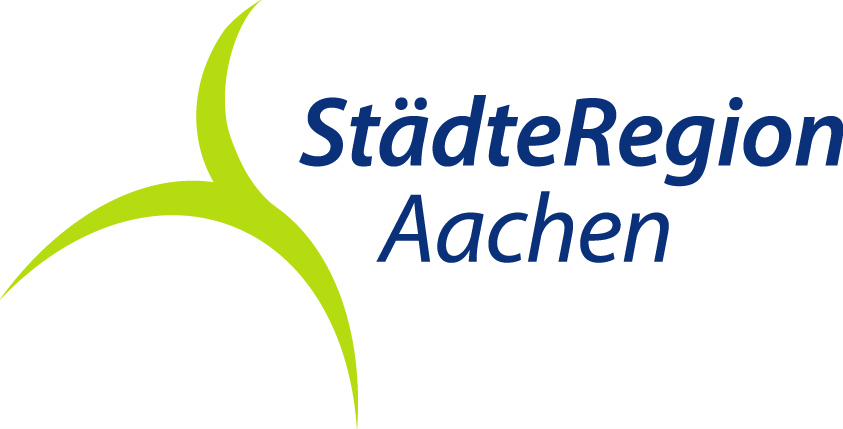Via Belgica - Exkurs Aldenhoven
Over 6,000 years of settlement history directly on the Via Belgica: the municipality of Aldenhoven, which we visit on this approx. 20-kilometre loop, has Roman roots. However, settlements in Aldenhoven and in the Niedermerz district also date back to the so-called Rössen culture (4,000 BC). The most unusual Roman traces in Aldenhoven include a civilian road station, a guard post, a so-called handling temple and several estates. Some of these sites were discovered as early as the 1930s. With the exception of the estates, all of these Roman settlements bordered the roadsides of the Via Belgica, which runs around two kilometers north of today's Aldenhoven. Even if these ground monuments are generally not visible, it is hard to avoid following in the footsteps of the Romans in Aldenhoven.
Numerous "fortified landmarks" from post-Roman times can still be seen. Aldenhoven was first mentioned in a document in 922. Accordingly, there are numerous stone witnesses to the pilgrimage site that date back beyond Roman times. In the center of today's Aldenhoven, for example, there are remains of the so-called "Old Tower", which was part of a fortification built in the 15th century. A visit to the castle in the district of Engelsdorf is also well worthwhile. This was first mentioned in 1080. However, the castle is privately owned and can only be visited and viewed on Open Monument Days. The parish church in Niedermerz, which was first mentioned in documents as early as the twelfth century, is well preserved in parts and is an impressive example of medieval architecture.
Highlights/stops along the route:
- Ludwig Gall House, Aldenhoven
- Old tower, Aldenhoven
- Engelsdorf Castle, Aldenhoven-Engelsdorf
- Parish church of St. John the Baptist, Niedermerz
- Köttenich estate
- Chapel of grace and discovery (Marian pilgrimage), Aldenhoven








